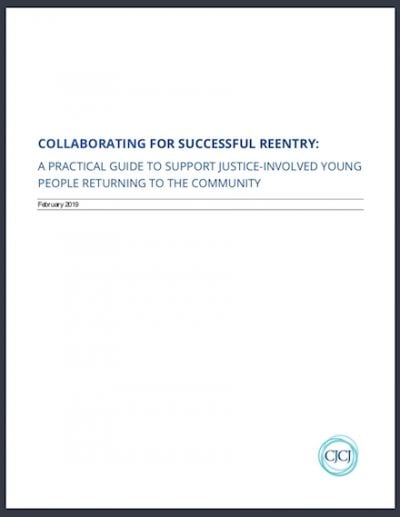Common Characteristics
Justice-involved young people are more likely than other young people in the community to come from marginalized communities; cope with poverty; and be pregnant or parenting.

This guide teaches juvenile justice and social service professionals about supporting youth who are reentering their community after confinement or a court-ordered out-of-home placement. Readers will learn about model programs, anticipated outcomes, and how to address the needs of young people in areas such as housing, health, education and employment. The end goal? A restart that enables youth to realize their potential and — buoyed by the right community-based support — succeed.
Reentering a community after crossing paths with the juvenile justice system isn’t easy. At the same time, every single young person who is making this journey has unique skills, strengths and aspirations. With coordinated support that is community-based, unoppressive, culturally-aware and gender-responsive, these youth can tap into their strengths to build happy, safe and satisfying lives.